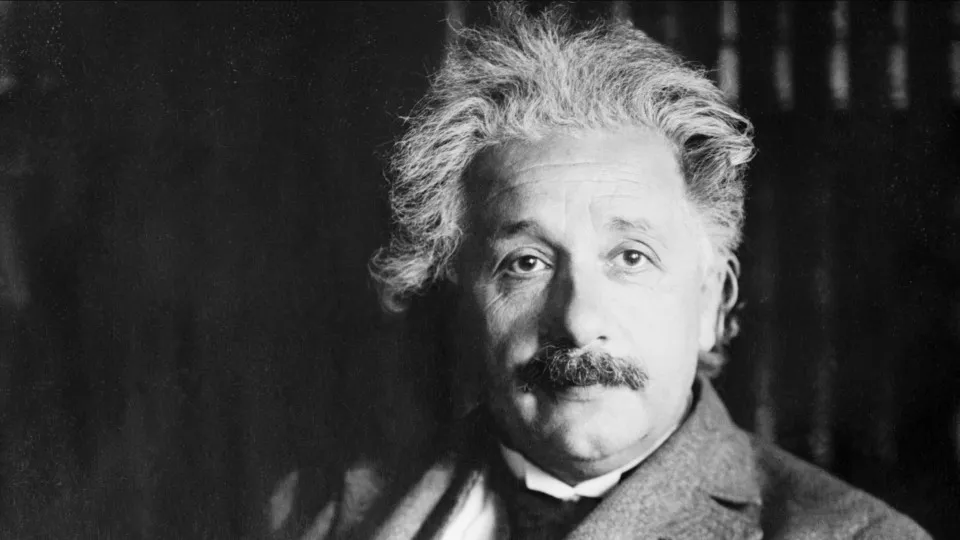Einstein's "spooky action at a distance" refers to the phenomenon of quantum entanglement. This is a concept in quantum mechanics where, regardless of the distance between two particles, two (or more) particles become linked intrinsically. Their bond is so strong that the state of one of the particles immediately affects the state of the other. This posed serious challenges for Einstein, as quantum entanglement challenges the principle of locality in relativity.
How can we use the concept of "spooky action at a distance" to think about our everyday experiences, such as our relationships with others? That's what we explore in this gallery. Click through to find out more.



